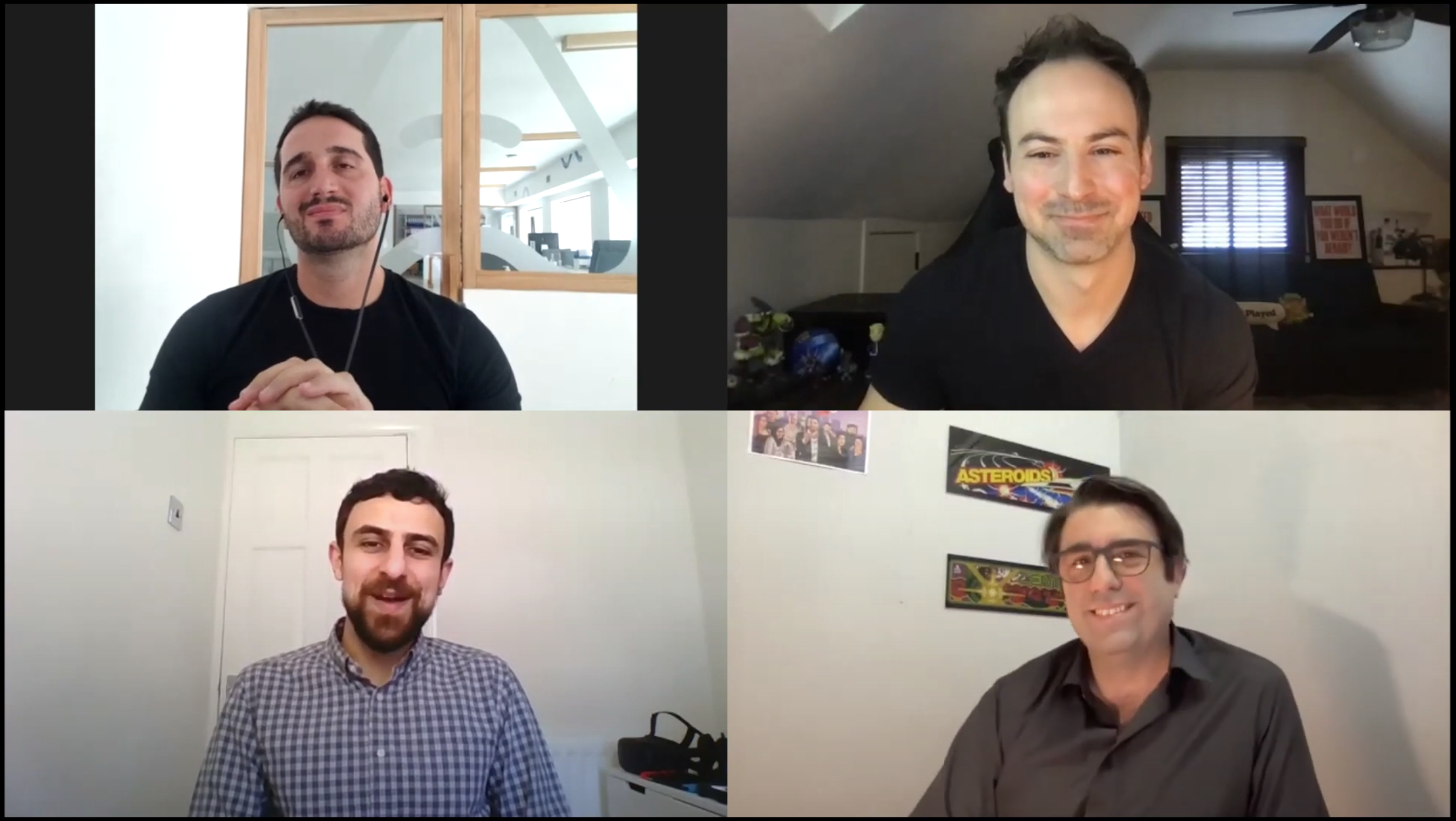Game Spotlight: Pixel Strike 3D from Vulcron
Canadian developer Vulcron has been successfully monetizing its retro-inspired FPS Pixel Strike 3D with InGamePlay ads for nearly year now. So we asked the team at Vulcron to tell us about their experience integrating in-game advertising into the fast-paced shooter.
A Brief History of Pixel Strike 3D
Released in 2016, Pixel Strike 3D was Vulcron’s first foray into the world of mobile gaming. And it’s proven a successful one; the FPS now has over 5 million installs on the Google Play Store alone, as well as a well-received Steam version of the game available.
In-Game Advertising Integration
In Pixel Strike 3D, Vulcron has placed InGamePlay brands ads tactically as their players move through the game’s maps, focusing on high-traffic areas and chokepoints. An ad is also placed on the game’s character customization screen, which is an excellent move as the extended dwell time translates into a lot of impressions.
What were the inspirations and core design pillars behind Pixel Strike 3D?
In today’s gaming world many games are bloated, require high-end devices to play, and take a long time to get comfortable playing. Our goal with Pixel Strike 3D is to create a fun, lightweight, easily accessible first-person shooter that people of any skill level can jump right into and enjoy.
How did you find using the SDK to integrate InGamePlay ads into your game?
Integration was very easy and worked out of the box without any extra code or implementation on our end. We were able to easily set up ad prefabs and place them around our game.
Tell us about how you designed your ad placement strategy
Our ad placement strategy is fairly straightforward. We place ads around each map in areas that we find to be high traffic such as hallways or entranceways, as well as the main menu where players spend time customizing their character.
How do you think in-game advertising compares to traditional mobile ads?
In-game advertising is a great way to monetize without intruding on the player’s gameplay experience. We’re able to use existing map decorations like billboards and signs and turn them into revenue-generating ads without any negative impact on player experience.
Pixel Strike 3D is a fast-paced FPS, did that present any challenges when it came to placing and optimising your ad placements?
Even though Pixel Strike 3D is a fast-paced game, we’re still able to effectively utilize in-game advertising because of how AdInMo can track impressions across multiple placements with minimal screen-time.
More…
InMobi – the time is right for ‘mobile product placement’
Interview with David DiAngelo, VP of marketplace development at InMobi Anyone who has seen the movie Castaway will know what product placement is. Tom Hanks stars as a FedEx employee. He flies on a FedEx plane. He opens a lot of FedEx packages. This is a particularly...
TinyBit Studios – Annoying ads ‘bite the hand that feeds you’
Interview with Mark Currie, Development Operations Director at TinyBit Studios In a consumer survey by Google, 69 percent of people surveyed said they were motivated to install ad blockers by annoying or intrusive ads. This was quite a shocking thing to publish – from...
Mobile games trends 2021: key takeaways from MEF’s webinar
AdInMo’s CEO Kristan Rivers recently participated in a industry discussion hosted by MEF and moderated by Omdia’s Senior Games Analyst George Jijiashvili, discussing key trends in mobile games. He was joined by Jonathan Stringfield, VP Global Business Marketing,...



